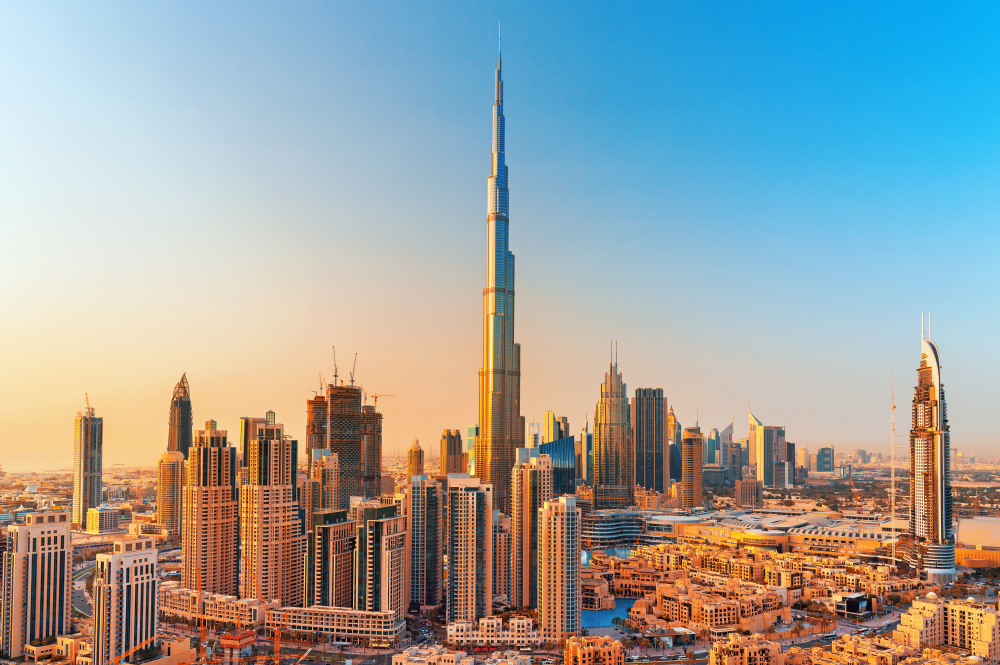Concrete – A World-wide Material

Concrete has been a building material since approximately 7000BC, its strength allowing us to build such structures as houses, dams, seawalls and roads.
Here’s a look at why concrete is the material of choice and some of the common structures it’s used in around the world.
The Concrete Making Process
Concrete is made from a mixture of materials – Portland cement, water and aggregates (such as sand or grit). Chemicals called admixtures are formulated products that are added in small amounts to concrete during the mixing process in order to modify the concrete’s properties.
Why Concrete is Used?
Concrete has all properties of a structural material that could want – it is strong, durable and versatile. What’s more, its ‘ingredients’ ratio can be adapted to meet the needs of a specific project, making it a customisable solution for each different situation. Concrete is also ideal for structures such as homes, as it reflects heat, reducing the need of air conditioning.
Energy Cost of Creating Concrete
Cement production contributes to greenhouse gas emissions through its generation of carbon dioxide and the use of energy in manufacture. The energy to produce 1m³ of concrete is approximately 2,775 MJ, making the production of concrete one of the most energy-intensive industries; producing 5% of worldwide man-made emissions of CO2. The cement production process accounts for 70% of the embodied energy of concrete, with only 7% accounting for transportation of materials.
If we can reduce concrete consumption, it will be possible to reduce carbon dioxide emissions, helping to mitigate the effects of global climate change. As cement accounts for 80-90% of the CO2 emissions, using an alternative to Portland cement could help to make further reductions. CO2 sequestration – converting the CO2 into a mineral that’s trapped in concrete, or technologies that utilise geo-polymers as an alternative to cement will also help to reduce the environmental impact.
Concrete Around the World
A lot of the world’s most recognisable structures would not exist if it wasn’t for such a versatile building material as concrete. It is a big part of the surrounding landscape, used in road surfaces, dams and buildings; these include:
Christ the Redeemer
Christ the Redeemer is a statue of Jesus Christ in Rio de Janeiro, Brazil, created by the French sculptor Paul Landowski. Constructed between 1922 and 1931, the statue is 30 metres high and is made of reinforced concrete and soapstone. The statue weighs 635 metric tons and is located on the peak of the Corcovado Mountain.
Three Gorges Dam
This gravity dam is 2,335m long and 185m high, allowing for the navigation of ocean-going cargo vessels and generating hydroelectric power. It also protects the surroundings area from floods and 28 million cubic metres of concrete were used in its construction.

The Pentagon
The Pentagon is the headquarters of the US Department of Defence and is one of the largest office buildings in the world. When it was constructed in 1941, steel was in such short supply, that concrete was used instead. The building utilises concrete ramps rather than elevators and 333,000 cubic metres of concrete were used in its construction.
Lake Pontchartrain Causeway
Lake Pontchartrain is a saline lake and wetlands area in south east Louisiana covering 630 square miles. The 38km bridge is made up of 197,140 cubic metres of pre-stressed concrete.
Burj Khalifa
The tallest free-standing structure in the world, the Burj Khalifa stands at 828m high with 160 habitable levels. It is made from 330,000 cubic metres of reinforced concrete.

The Itaipu Dam
The hydroelectric dam on the Parana River bordering Brazil and Paraguay, uses 12.3 million cubic metres of concrete and is 7.7 km long and 196 metres high.
Outlook
There is no denying that concrete is a valuable resource due to its strength and durability. However, the sustainability aspect is worrying. Further research is needed to identify processes that can be put into place to reduce the CO2 emissions from the production of concrete.


